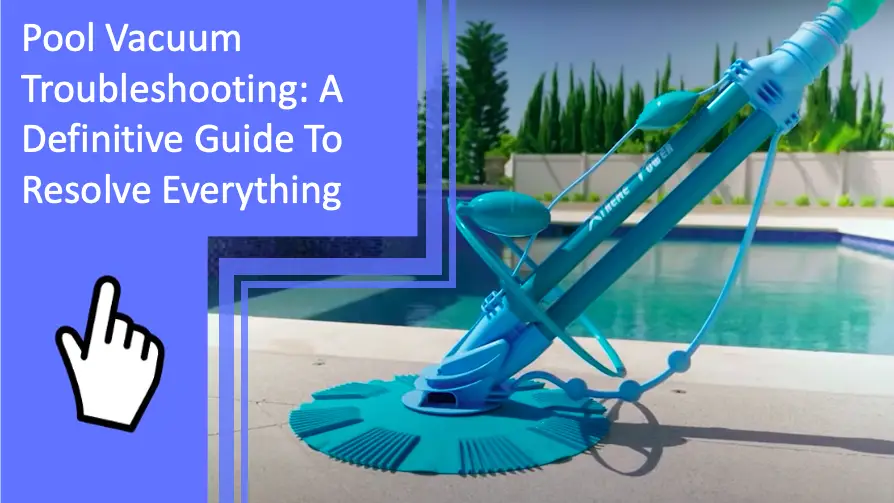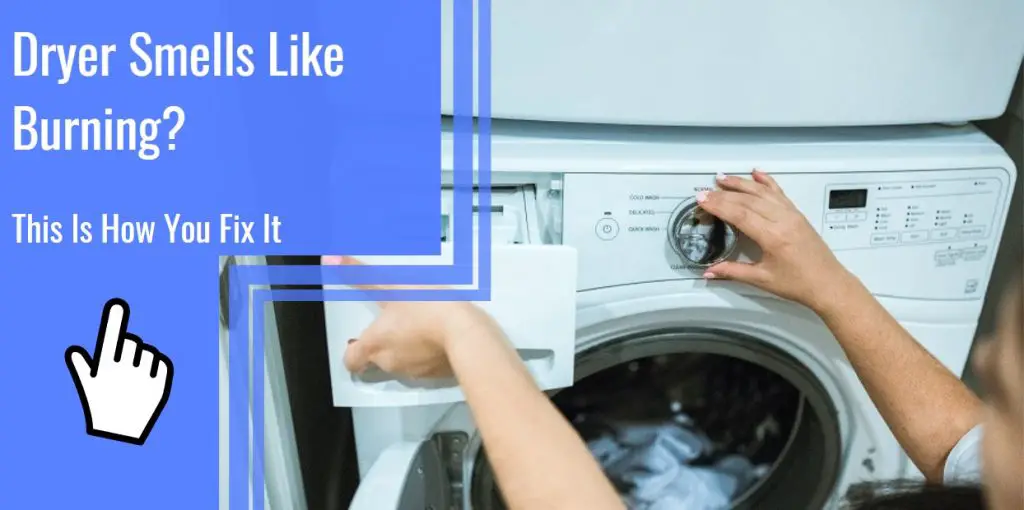What you find on this page:
Pool vacuum troubleshooting is easy as long as you understand how everything works. You don’t need a costly professional to come and fix a pool vacuum if you follow a few simple tricks to get things back to normal.
The Pool Vacuum Is Not Getting Enough Suction
Both automatic and manual vacuums often rely on the power of the pool’s pump to draw in water and debris. Always familiarize yourself with your pool vacuum cleaner manual so you know how it works.
Make Sure the Cleaner Is Attached To the Suction Line
If you have an automatic, suction-side vacuum, there is a specific fitting on the wall of your pool. This wall fitting has an attachment for the suction hose of your vacuum. If the vacuum hose isn’t attached correctly, the suction won’t be enough to make the vacuum work.
To fix this, disconnect the vacuum from the wall. You should feel the suction from a few inches away, drawing in water when you turn on the pool vacuum. There is often a safety fitting over the front of this orifice that protects swimmers from the suction when the vacuum isn’t attached.
Alternatively, if you’re using a manual vacuum that plugs into one of your skimmers, ensure that the vacuum hose is firmly seated into the opening in the pipe at the bottom of the skimmer.
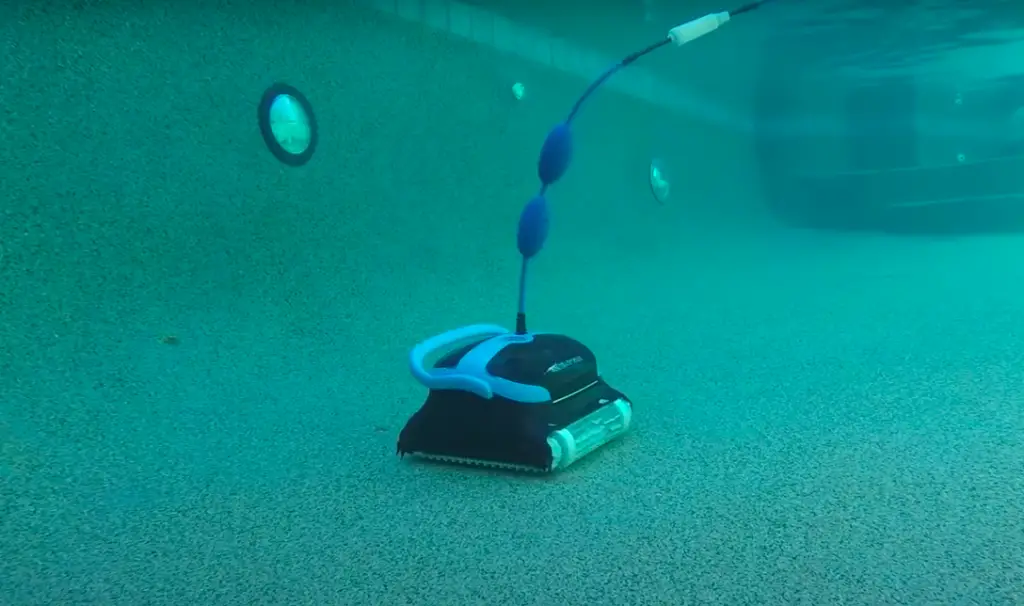
Make Sure There Are No Air Leaks in the Hose
If you have any air leaks in your vacuum hose, it will not work very well. So, inspect the hose for signs of leaks. Common indicators include
- Floating sections of the hose
- The sound of air leaking out of or being drawn into the hose
- Bubbles around the hose
- Decreased suction at the vacuum itself
- The pump losing prime while the vacuum is attached
If you want a quick pool vacuum repair, duct tape or similar can temporarily mend a leak.
Make Sure Two Hose Suction Join Together
If there are two or more hose sections in your vacuum setup, look to their attachment points for potential problems. It’s possible the two ends have worked loose, or one of the connections needs replacement.
Check if There Is Any Blockage Around the Hammer
If you have a Hammer-style vacuum, be sure to inspect the machine for any signs of blockages. There could be debris, pool toys, or leaves stuck in the lower mouth of the vacuum. If that seems clear, remove the canister and see if there is anything stuck between it and the lower mouth.
If there is a blockage, but you can’t see it, try spraying it with a hose and see if anything dislodges.
Automatic Pool Vacuum Not Moving
Another common problem we’ll be discussing in this pool vacuum troubleshooting guide is when your automatic vacuum doesn’t move. Automatic pool vacuums are very convenient, but when they sit in one place, they aren’t cleaning the pool. When your automatic vacuum seems sluggish or stops after a few minutes, look for a few likely culprits.
Check If There Are Any Rips and Tears on the Cord
Automatic pool vacuums sometimes have an external power source. The power cord should be pretty tough, but if it shows signs of wear or damage, it will need replacement.
Any time you’re working with electricity, it’s a good idea to shut off all the power to the equipment. Use your switches or breakers to turn off the juice and ensure safety.
Then, lift the vacuum unit out of the water or off its stand and stretch the cord out. Inspect it for any abrasions, rips, or tears. Even minor damage can cause the unit to shut itself off to protect against electrifying the water.
The good news is that even if you find damage, you can unscrew the power cord at each end, removing it from the vacuum unit and its power supply. Then you can order a replacement cord.
Unfortunately, it is not advisable to try and repair this damage, as even the best attempt at fixing it can still lead to an increased risk of electric shock.

Check Power Supply
If your power cord is intact, the next issue to check is the power supply. Sometimes, there is a button you may have to press that resets the unit after a hiccup. For example, if there is a power spike, the power supply may shut itself off to prevent damage.
The button might say ‘reset,’ but not every system is the same. You should also inspect the power supply for signs of damage or corrosion. Power supplies are pretty sturdy, but you may need a replacement if they get wet or otherwise damaged. Always follow the pool vacuum instructions for replacement.
Check If the Indicator Light Is On
A tell-tale sign of a problem is when the indicator light on the vacuum doesn’t illuminate. If your indicator lights don’t turn on, it’s highly likely that there is an electrical issue. The first thing to do is to check your breakers to look for a blown circuit. A quick reset should do the trick.
Then, check to see if your power supply has an inline fuse. You can usually reset it by pressing a button. If not, you may have to open the fuse compartment and replace it with a new fuse.
Check Drive Motor
If the drive motor isn’t working, your vacuum won’t move, or its movement will be sluggish and not cover the whole pool. Each model is different, but if you check the pool vacuum filter manual, there is a procedure for checking the operation of the motor. Take the unit out of the water and see what you can find.
Some tricks include
- Try turning the wheels by hand and feeling for resistance or wobbly parts.
- Place a mark on the wheels and make sure they turn equally.
- Compare the number of wheel rotations per minute to the information in your owner’s guide.
If the drive motor is worn, you can usually replace it. It can be expensive to do so, so sometimes it makes more sense to replace the whole vacuum unit. You should also check with the company that sold you the vacuum to see if there is a warranty.
Make Sure the Power Line Is On
Whether your vacuum runs on the force of the pool’s pump or its own power supply, you need to make sure that your electric line has power. The easiest way to do this is with a voltage tester. Some testers can detect electricity by pressing a plastic prong to the wire’s insulation or housing, making a quick test easy.
If you suspect your pump or the power supply for your vacuum isn’t getting power, and your voltage tester indicates the same, try flipping the breaker off and back on. Sometimes, it’s helpful to have someone else observe the vacuum system while you throw the breaker. Your helper may see a warning light or a temporary error code that you would miss while your attention is on the switch.
Pool Vacuum Not Suctioning Well
If your pool vacuum isn’t picking up debris and leaves very well, you should check a few things. Let’s look at them in detail next in this pool vacuum troubleshooting guide.
Filters Might Be Blocked
Inside some pool vacuums, there is one or a series of mesh filters. If the suction seems low, it’s quite possible that there is something blocking the filters, decreasing the water flow. Open up your vacuum and check them for dirt or leaves that might be slowing down your suction.
Usually, a strong rinse from a garden hose is more than enough to clean the filters. If needed, give them a quick rinse with a pressure washer, but be careful not to overdo it and damage the screen.
Other vacuums use the power of the pool’s pump to suction dirt off the bottom of the pool. In this case, check your pool filter’s pressure gauge. If the pressure is very high, it’s quite likely that the filter media needs to be cleaned.
Cleaning sand or DE filters is simple. All you need to do is use the backwash setting. Make sure to turn the filter off when you adjust the valves between filter mode and backwash. On cartridge filters, you’ll need to open the filter tank and wash the filter grids manually.
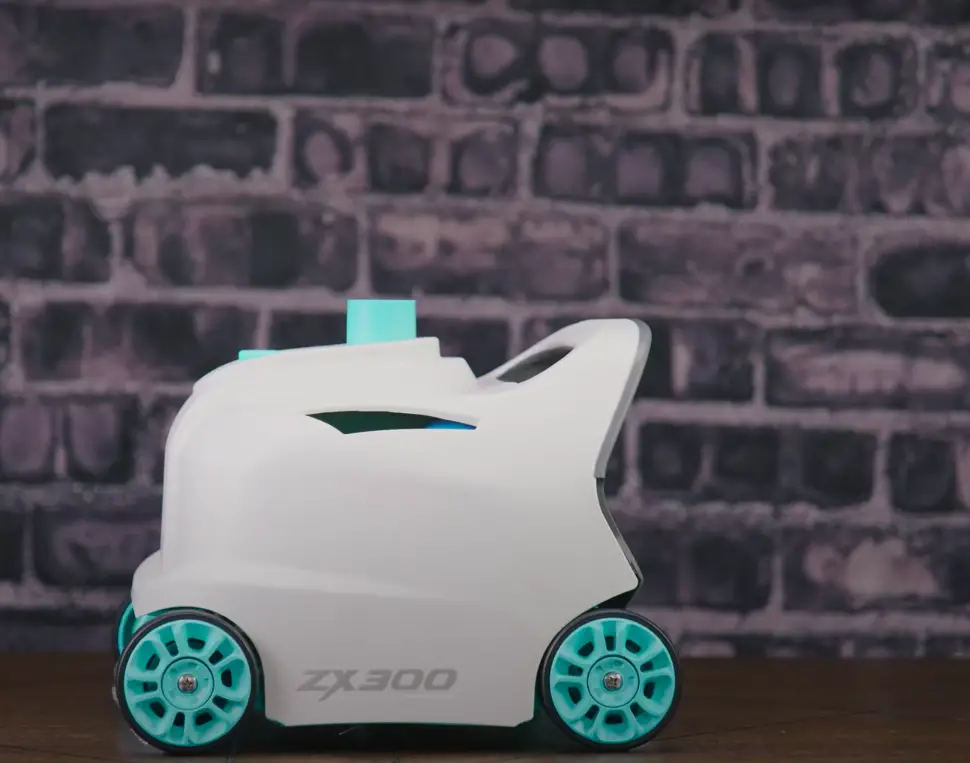
Replace the Filters
If your inline filters are corroded, jam-packed with heavy dirt, or old and worn out, they might need replacement to improve your suction. Luckily, these parts are fairly easy to swap, and you can order them online for your specific vacuum model.
The Cleaner Hose Might Be Blocked
Many pool vacuums have a hose running from a wall fitting to the cleaner. There is a mesh screen inside of the cleaner shoe to prevent debris from accidentally getting caught inside of the hose, limiting your suction.
Unscrew the vacuum hose from the pool’s wall. This is usually a quick connect fitting that only takes a quarter turn. Then look for an inline screen inside of a clear bubble. You can usually unscrew the bubble and wash the screen.
Then, it’s a good idea to squirt a stream of water through the vacuum hose to ensure that it’s free of blockages. If it seems like the water isn’t making it through, consider using a strong jet of water from the vacuum end to try and blow the debris out of the hose toward the wall fitting end.
If you have a severe clog, you may have to unscrew sections of the hose to find the blockage. If you can’t do so, you could use a drain snake to try and work things loose. Or, if it seems hopeless, you can replace the entire vacuum hose.
The Pool Vacuum Is Not Working
If the vacuum is not working, there are even more things to check. But always start with the basics.
Check for Blockages in the Hose and Filters
When the vacuum doesn’t work at all, you should strongly suspect that there is a blockage somewhere. Check the hoses first, using a stream of water from the pool jets or a garden hose.
If you attach a plugged hose to the filter skimmer, you will hear the pump change pitch, just like a household vacuum does when it sucks up a clog. You can try reversing the hose and sucking the debris from the other end, but that risks sucking the clog into your pool’s plumbing pipes.
It’s always better to use a stream of hose water and a long, thin probe to clear a clog from a hose.
If the hose is clear, it’s quite possible that the filter itself is clogged. Pool equipment often has a built-in screen that makes it harder for debris to lodge itself inside of things. Those screens can prevent big damage, but they also clog fairly easily.
You might have to open a component or two to reveal their inner workings, but once you’re inside, the filter screens should be fairly obvious. Then just unclip them and rinse them off.
Activated Thermal Cut-Out Due To a Blockage
If your hose line or filter media has a blockage, the motor begins to strain. It will keep creating suction, but without sufficient water flow, the temperature will increase under strain. Most units have an internal temperature cut-out to prevent the motor from burning up.
When the thermal switch overheats, the motor will need to sufficiently cool before it can restart. The best thing to do is to shut the fuse off. Then, once you’ve removed the plumbing blockage, you’ll need to let the motor sit overnight or at least for a few hours while it cools down.
The thermal switch can also shut the motor off when it overheats due to other issues, including worn bearings, a blockage in the impeller, or excessive corrosion. Sometimes, the motor will need repairs to prevent thermal overload from reoccurring.
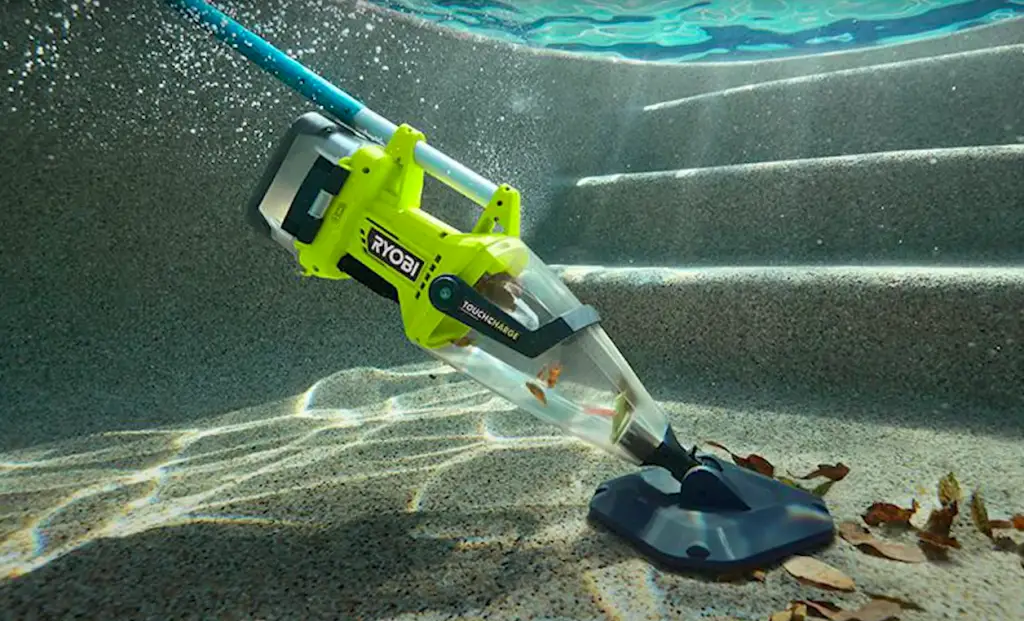
Conclusion
We hope that the problems and solutions discussed in our pool vacuum troubleshooting guide are helpful to solve current and future problems with your vacuum.
Contact us if you need further help, we will happy to help you resolve this issue if you need more assistance.
FAQs
Some questions about pool vacuums are very common.
If you have a suction-side pool vacuum, and its suction is weak, there is probably either a clog in the hose or your filter media needs cleaning. If you have too much suction on the pool vacuum, you can close down the valve partway.
If your automatic pool vacuum doesn’t move, it’s probably not getting enough water pressure to push it around, or there is a broken internal part.
Automatic pool vacuums that sit in one place might have a broken wheel, or their drive belt may have slipped off the axle.
You should start by making sure the filters and hoses are free of blockages. Then, you might need to adjust the valves to maximize the suction.
Your pool pump should run at full speed during vacuuming sessions.
More content related
Aposen Cordless Vacuum Troubleshooting Guide
Mini fridge troubleshooting guide

